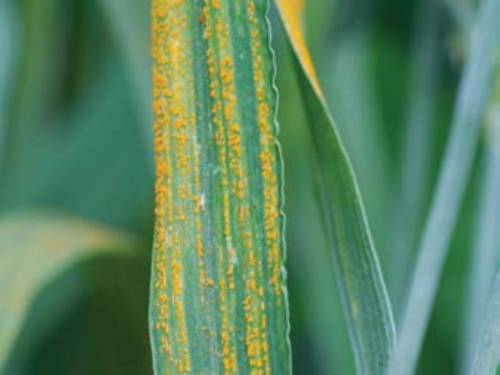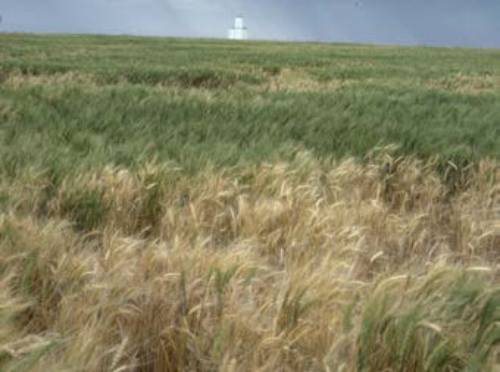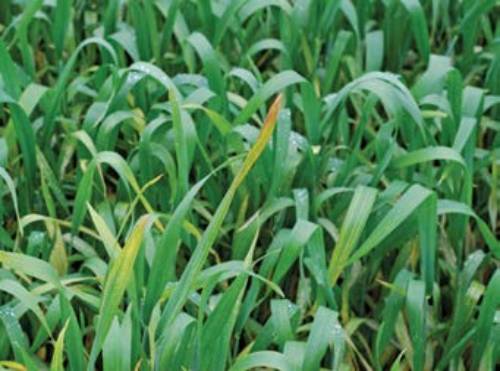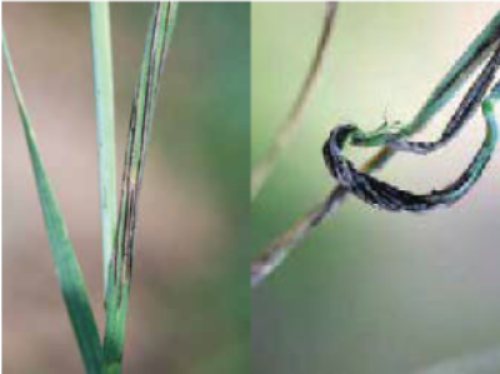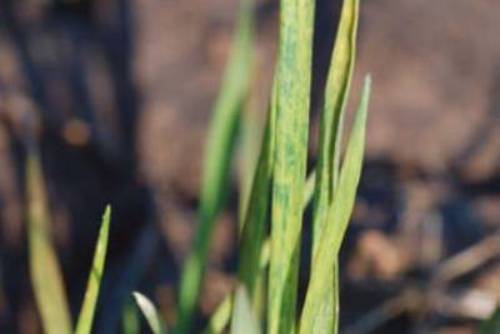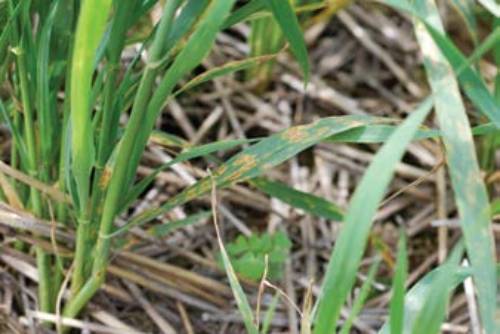Wheat
Kansas is the number one producer of hard red winter wheat in the United States and among the top wheat producing states with 7-8 million acres planted every year. Unfortunately, diseases can be one of the biggest threats to wheat production in the state resulting in 10% yield loss on average over the past decade. Among the top offenders are stripe rust (Puccinia striiformi f. sp. tritici), leaf rust (Puccinia triticina), Fusarium head blight (Fusarium graminearum), and the wheat streak mosaic virus complex. In the Department of Plant Pathology at Kansas State University we provide dynamic, research-based extension resources to wheat producers and other stakeholders in the state of Kansas and regionally. Please see selected KSRE Bookstore publications below.
Wheat Disease Management
Disease Identification
Additional Disease Information
